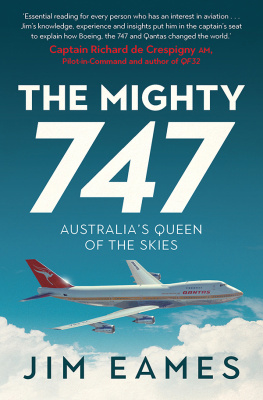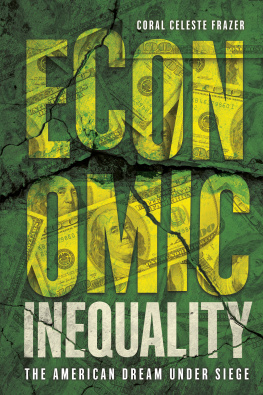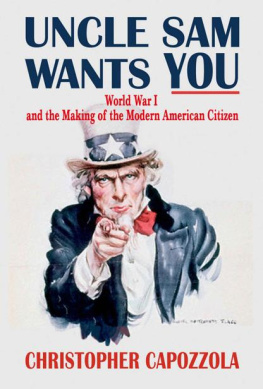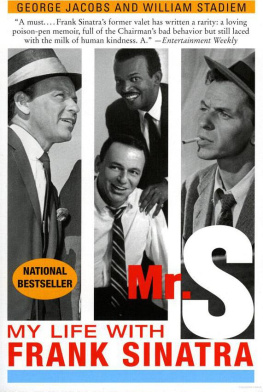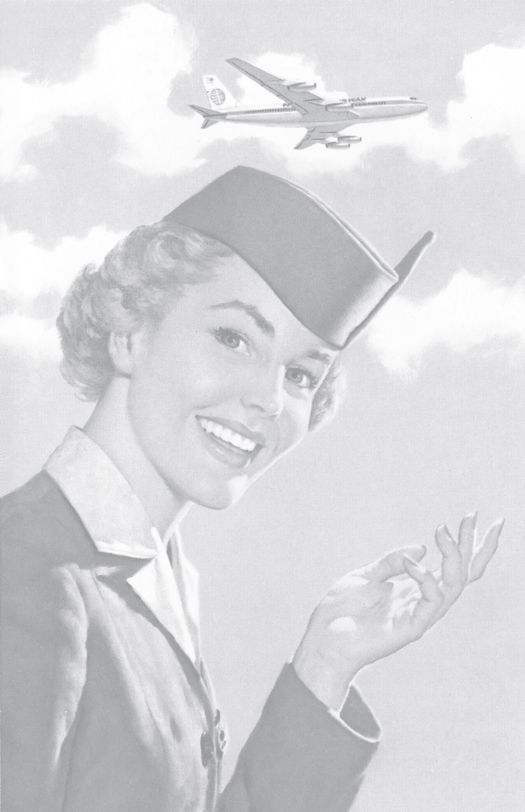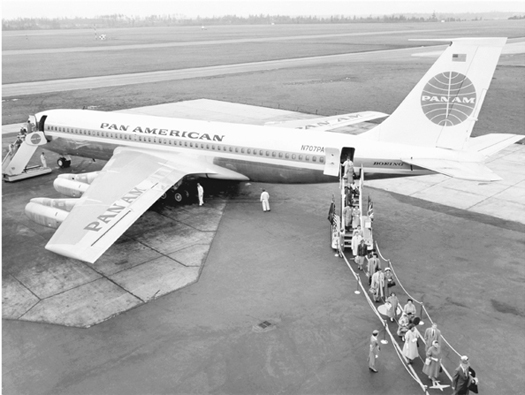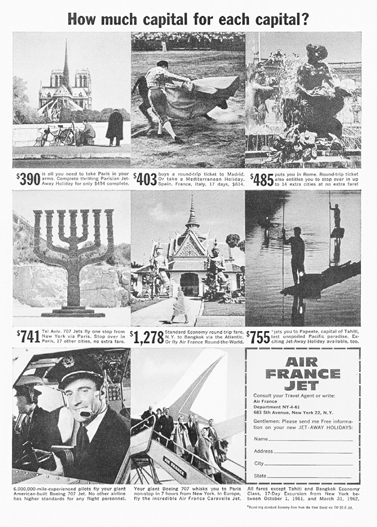William Stadiem - Jet Set: The People, the Planes, the Glamour, and the Romance in Aviations Glory Years
Here you can read online William Stadiem - Jet Set: The People, the Planes, the Glamour, and the Romance in Aviations Glory Years full text of the book (entire story) in english for free. Download pdf and epub, get meaning, cover and reviews about this ebook. year: 2014, publisher: Ballantine Books, genre: Non-fiction. Description of the work, (preface) as well as reviews are available. Best literature library LitArk.com created for fans of good reading and offers a wide selection of genres:
Romance novel
Science fiction
Adventure
Detective
Science
History
Home and family
Prose
Art
Politics
Computer
Non-fiction
Religion
Business
Children
Humor
Choose a favorite category and find really read worthwhile books. Enjoy immersion in the world of imagination, feel the emotions of the characters or learn something new for yourself, make an fascinating discovery.

- Book:Jet Set: The People, the Planes, the Glamour, and the Romance in Aviations Glory Years
- Author:
- Publisher:Ballantine Books
- Genre:
- Year:2014
- Rating:4 / 5
- Favourites:Add to favourites
- Your mark:
Jet Set: The People, the Planes, the Glamour, and the Romance in Aviations Glory Years: summary, description and annotation
We offer to read an annotation, description, summary or preface (depends on what the author of the book "Jet Set: The People, the Planes, the Glamour, and the Romance in Aviations Glory Years" wrote himself). If you haven't found the necessary information about the book — write in the comments, we will try to find it.
Bestselling author and Vanity Fair contributor William Stadiem brings that Jet Age dream to life again in the first-ever book about the glamorous decade when Americans took to the skies in massive numbers as never before, with the rich and famous elbowing their way to the front of the line. Dishy anecdotes and finely rendered character sketches re-create the world of luxurious airplanes, exclusive destinations, and beautiful, wealthy trendsetters who turned transatlantic travel into an inalienable right. It was the age of Camelot and Come Fly with Me, Grace Kelly at the Princes Palace in Monaco, and Mary Quant miniskirts on the streets of Swinging London. Men still wore hats, stewardesses showed plenty of leg, and the beach at Saint-Tropez was just a seven-hour flight away.
Jet Set reads like a whos who of the fabulous and well connected, from the swashbuckling skycoons who launched the jet fleet to the playboys, moguls, and financiers who kept it flying. Among the bold-face names on the passenger manifest: Juan Trippe, the Yale-educated WASP with the Spanish-sounding name who parlayed his fraternity contacts into a tiny airmail route that became the worlds largest airline, Pan Am; couturier to the stars Oleg Cassini, the Kennedy administrations Secretary of Style, and his social climbing brother Igor, who became the most powerful gossip columnist in Americathen lost it all in one of the juiciest scandals of the century; Temple Fielding, the high-rolling high priest of travel guides, and his budget-conscious rival Arthur Frommer; Conrad Hilton, the New Mexico cowboy who built the most powerful luxury hotel chain on earth; and Mary Wells Lawrence, the queen bee of Madison Avenue whose suggestive ads for Braniff and other airlines brought sex appeal to the skies.
Like a superfueled episode of Mad Men, Jet Set evokes a time long gone but still vibrant in American memory. This is a rollicking, sexy romp through the ring-a-ding glory years of air travel, when escape was the ultimate aphrodisiac and the smiles were as wide as the aisles.
Praise for Jet Set
Aeronautics history, high times from the 1950s and 60s, incredibly versatile name-dropping (from Mrs. John Jacob Astor to Christine Keeler of the Profumo scandal) and Sinatras Come Fly With Me as a kind of theme song [all] connected to the glamorous days of air travel.Janet Maslin, The New York Times
What a book William Stadium has written. . . . The Kennedys, the Rat Pack, Frank Sinatra, and early financiers like Eddie Gilbert are dealt with in depth. . . . I lived intimately through it all in the 50s, 60s, 70s, 80s, and 90s and I am yet to find a mistake in author Stadiems amazing book. Order it now. All the players are here.Liz Smith, syndicated columnist
William Stadiem sexes up the glory days of aviation in Jet Set. Fly me!Vanity Fair
William Stadiems Jet Set takes you where no modern airliner can: to a time . . . when the means of travel was as exotic as the destination, and sometimes more so.Town & Country
William Stadiem: author's other books
Who wrote Jet Set: The People, the Planes, the Glamour, and the Romance in Aviations Glory Years? Find out the surname, the name of the author of the book and a list of all author's works by series.

